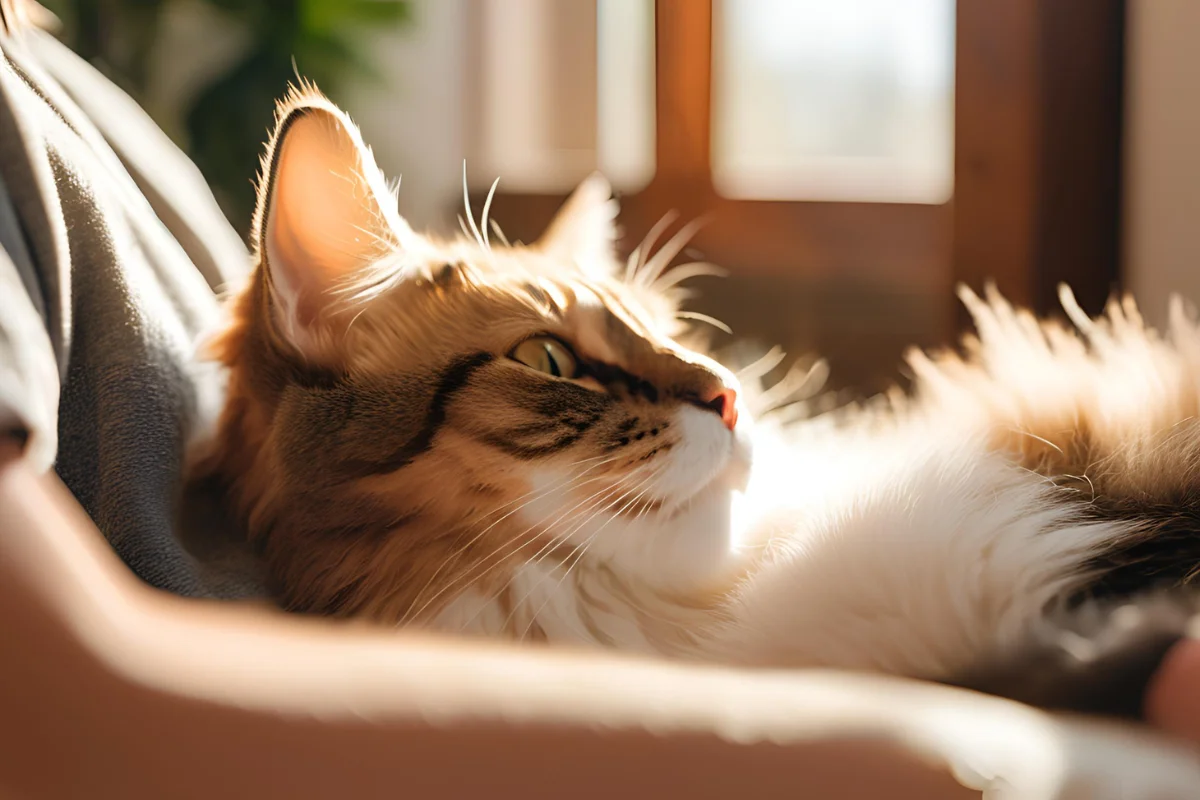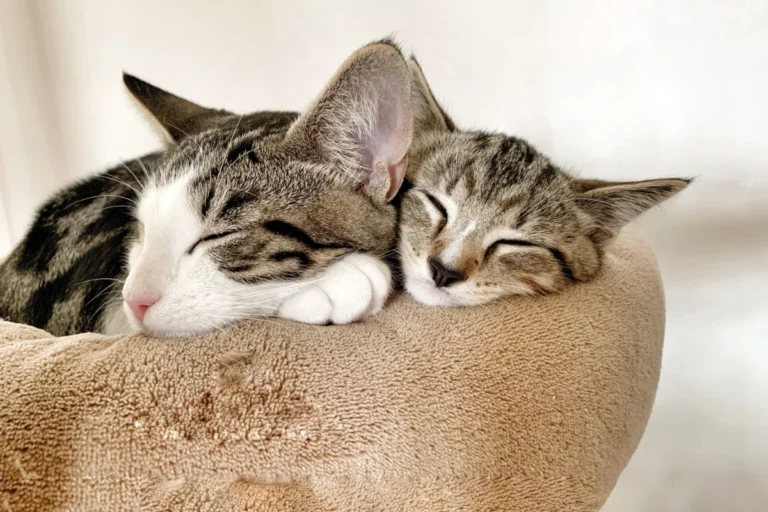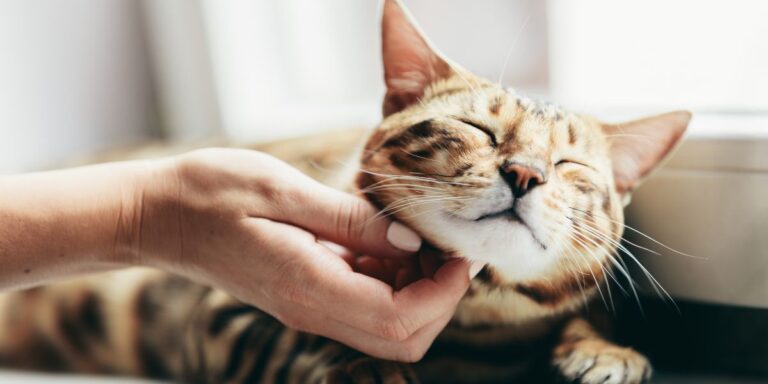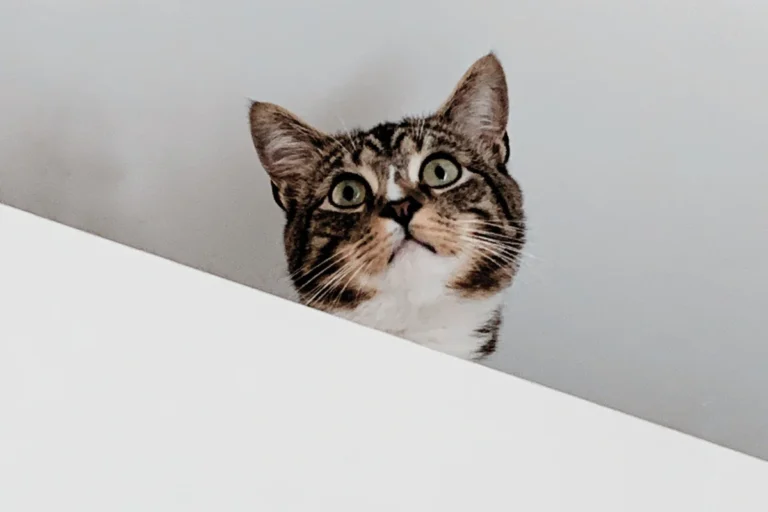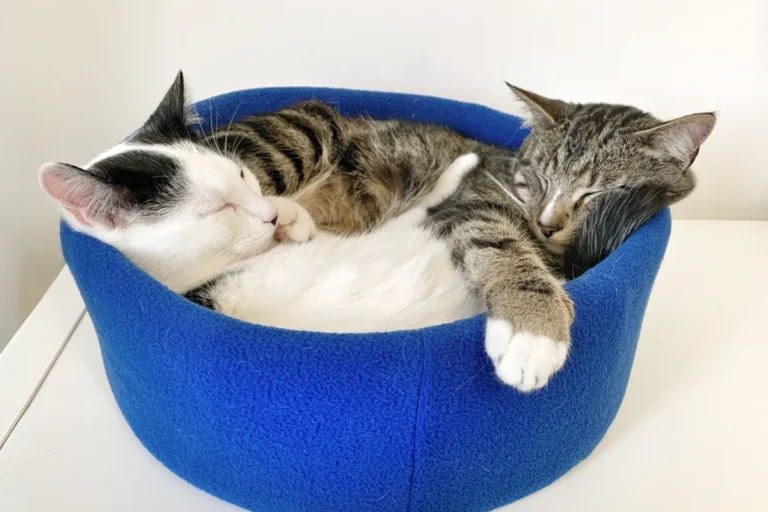Understanding cat behaviour: Insights for cat owners
As cat owners and enthusiasts, understanding cat behaviour is essential for fostering strong bonds with our feline companions. This article explores the intricacies of cat behaviour, shedding light on their unique characteristics, instincts, and communication cues. Understanding these helps us care for them better, enrich their lives, and build stronger bonds.
The complexity of cat behaviour
Domestic cats are fascinating creatures with complex behaviours that are shaped by their evolutionary history, genetics, and environmental influences. Moreover, cats possess behaviours that serve various purposes, from hunting and territorial marking to social interaction and self-care.
Understanding feline communication
Communication is key to understanding cat behaviour. Cats use a combination of vocalisations, body language, and scent marking to express their needs, emotions, and intentions. By deciphering these communication cues, cat owners can better respond to their cats’ needs and strengthen their bond.
Vocalizations: Cats communicate vocally through a diverse range of sounds, including meows, purrs, chirps, hisses, and growls. Each vocalisation carries a different meaning, from greeting and affection to warning and distress. Paying attention to the context and frequency of vocalisations can provide valuable insights into your cat’s emotional state and preferences.
Body language: Body language is another important aspect of feline communication. Cats use subtle cues such as ear position, tail movement, and body posture to convey their mood and intentions. For example, a cat with flattened ears and a tucked tail may be feeling fearful or defensive. And a cat with an upright tail and relaxed body is likely content and confident.
Scent marking: Scent marking is a natural behaviour in cats that serves as a form of communication and territory marking. Cats have scent glands located on various parts of their body, including their cheeks, paws, and tail base. By rubbing against objects or spraying urine, cats leave behind scent markers that convey information to other cats.
The role of enrichment in cat behaviour
Enrichment plays a vital role in promoting healthy and natural behaviours in cats. Providing a stimulating environment that includes opportunities for play, exploration, and mental stimulation is essential for fulfilling cats’ instinctual needs and preventing boredom and behavioural issues.
Environmental enrichment: Create a cat-friendly environment that offers opportunities for climbing, scratching, hiding, and exploring. Cat trees, scratching posts, tunnels, and interactive toys are excellent options for providing enrichment and stimulation.
Play and interaction: Regular play sessions and interactive playtime with your cat are essential for promoting physical and mental well-being. Use toys that mimic prey behaviour, such as wand toys and feather teasers, to engage your cat’s natural hunting instincts and provide exercise and mental stimulation.
Conclusion
Understanding cat behaviour is a journey that requires patience, observation, and a willingness to learn. By paying attention to your cat’s communication cues, providing enrichment and stimulation, and fostering a nurturing environment, you can strengthen the bond with your feline companion and enhance their overall well-being.
As cat lovers and enthusiasts, we have a responsibility to promote the health and happiness of our furry friends. By offering handmade cat scratching posts and cat trees, we provide cat owners with the tools they need to enrich their cats’ environments and support their natural behaviours. Visit our website Made4Cats to explore our range of high-quality, artisan-crafted products designed to enhance the lives of cats and their owners alike.
